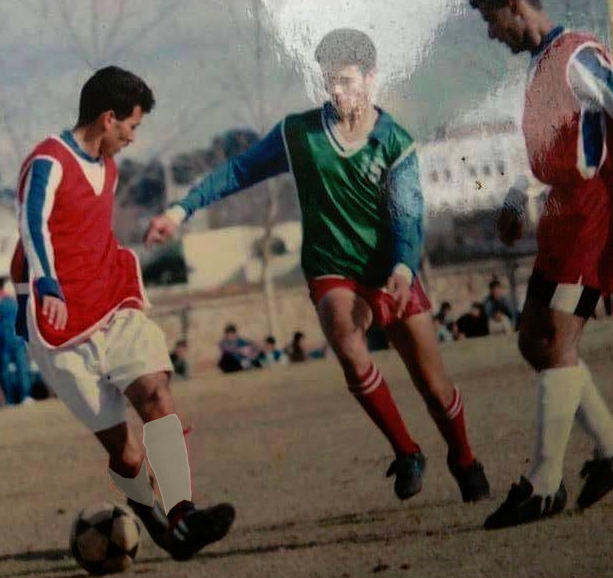
Simo Idrissi’s Soccer Journey
Simo Idrissi Former Soccer Player retired from playing in 2009 after a career that spanned more than 14 years. As a result, knowledgeability and experience formed across three countries: Morocco, Lebanon, and the United States. Different traditions and soccer levels started with street soccer to elite level. This made his life so interesting for soccer in the United States of America, Canada and Mexico.
Insights from Simo Idrissi Former Soccer Players
We have the opportunity to learn from Coach Simo Idrissi’s journey. His experience is enriched by his Francophonie Mediterranean and African experience. He is proficient in Arabic and English, with elementary knowledge of French and Spanish. When asked about the difference between professional and amateur soccer, Coach Idrissi stated that both levels offer learning opportunities.
However, Simo Idrissi Former Soccer Player says that to be an elite, players must put in 500% effort to refine their skills. This type of behaviour corresponds to the rewards they receive. Talented players may have natural abilities. They must practice and repeat their skills many times. Such routing performance contributes at their best because they get paid for what they do. Professionalism requires increased focus, maturity, and precise decision-making. On the other hand, amateurism involves a higher level of socializing and enjoyment. The rewards can be less tangible but still valuable. Amateur players should work harder if they aim to promote to professionalism. Even though there are full training schedule with less income.
History of Soccer Playing
I will share with you what I know about soccer playing history. The development of modern soccer was closely tied to processes of industrialization and urbanization. Most of the new working-class inhabitants of many countries industrial towns and cities. All were gradually losing their old bucolic pastimes and sought fresh forms of collective leisure. From the 1850s onward, industrial workers were increasingly likely to have Saturday afternoons off work. So many turned to the new game of football to watch or to play.
Leading clubs, notably those in Lancashire, started charging admission to spectators as early as the 1870s. Despite the FA’s amateurism rule, were in a position to pay illicit wages. This strategy were attracting highly skilled working-class players, many of them hailing from Scotland. Working-class players and northern English clubs sought a professional system that would provide. So, players have financial reward to cover their time lost from their other work and the risk of injury. The FA remained staunchly elitist in sustaining a policy of amateurism. The focust was to protect upper and upper-middle class influence over the game.”
Interview with Simo Idrissi Former Soccer Player by the SCPPNews press
We are the SCPPNews press representative of the Soccer Coaches and Players Portfolios & News, sat and interviewed Simo Idrissi former soccer player. His information was enlightening to us and hopefully to you too. In this article, we tried to know a former soccer player from the Kingdom of Morocco.
Cultural Influence on Soccer
Cultural and traditional were built upon Tamazight-Arabic-French and Francophone Mediterranean societies. Moroccans are a soccer-fortunate North African country that became the semi-finalist in the world cup Qatar 2022. Simo is a Moroccan-American who miraculously followed his passion and overcame many cultural barriers through his journey.
From Morocco to Lebanon

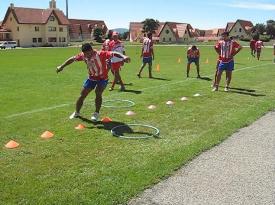
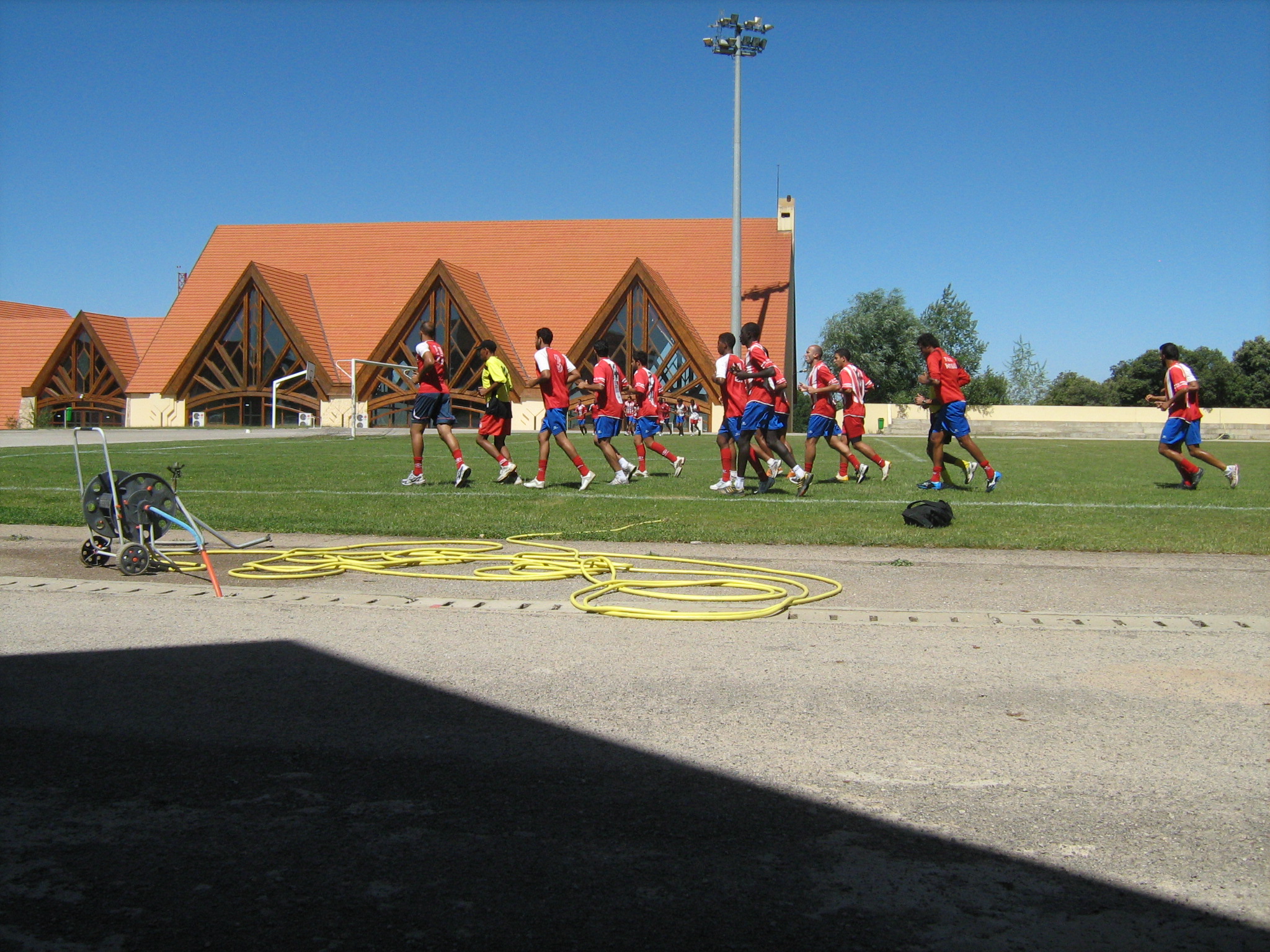
The Street Game: A Unique Experience
The journey of a soccer player began as a street player in Khemisset, the Kingdom of Morocco. Simo said, “I was a leader among childhood friends.”
Street soccer was more than just a game for him and his friends. It was the only fun thing to do, cultivate their mental skills and develop their personalities. There was no supervision or influence of coaches in the street soccer. It was an exciting experience that helped them learn how to deal with physical, social, and environmental obstacles.
Simo Idrissi former soccer player says that playing street game depends more on the space, the level of the players, and the number of participants. A street game would begin without a referee, and the judgment always goes to the leader and most influential, even if a leader is playing with the opposite. Most of the participants attended randomly as one of the neighborhood children. The dominant child would lead their neighborhood children and form groups. For instance, they could split into small groups and compete according to the group size, such as one against one, two against two, three against three, or sometimes five against three. However, if a group appeared weaker than others, they would redo the split to make all the teams balanced and competitive for fun reasons
Lessons and insights Of Simo Idrissi Former Soccer Player Learned from Street Games as a child and a leader.
The distribution of his insights and experiences helped shed light on traditions. Simo’s been spillin’ the tea on soccer traditions using slang he learned from his many faithful friends. He says “When you’re playin’ street ball, you gotta watch out for yourself and your crew. It’s just how it is. Like when a car rolls by, everyone stops and someone’s gotta make sure the ball don’t go rogue. And you best not lose that ball.”
In any Moroccan neighborhood, there were always unhappy people. Players had to adapt to different conditions. Situations were demanding during that time, but we were all happy, having fun, and learning from the game says Simo Idrissi. He also said street soccer is a great way for kids to stay active, learn life skills, and be innovative. Instinctive conditions taught us to rely on our ideas without filtration. We had enough space to be innovative, flexible, and respectful. It also gave us a sense of community.
In addition, he told us how he sought information and guidance from different sources as he grew up. Simo mentioned that difficult circumstances made us seek mothers’ counseling as they were the adults staying home while fathers looking for income outside for many hours. While some mothers provided answers directly, others sought solutions from their husbands or other male family members. As we grew older, we began to rely on teachers and coaches as additional sources of information.
The Street Game: A Path to Professionalism
Simo Idrissi started soccer in the Moroccan streets when he was four years. Afterward, he was scouted and enrolled in IZK soccer club youth development system at thirteen. He moved to Rabat, the capital of Morocco, and had one season with the youth for FUS soccer club. Then, he returned to his original club IZK. Simo grew up in player developmental standards and a professional training system. At 19, he promoted to the IZK adult team after receiving a call from the coach, Mr. Lahcen Boukhris.
Idrissi played for two clubs in Morocco: Ittihad Zammouri Khemisset (IZK) and Chabab Rif Al Hoceima. During his engaging time with each club, club fans appreciated his performance. People who knew him gave a positive mark for his effort. Unfortunately, a left knee injury cut his career short, and taken a few years resting to recover before moving to Lebanon.
In this interview, Simo Idrissi Former Soccer Player said I still love games, and whenever I have time, playing games is absolute.
Playing soccer in the streets, with the youth, professional, amateur and in three countries has taught me things that I use in life. It has taught me patience, creativity, flexibility, respect, and interpersonal skills.
Time in Lebanon
When Simo Idrissi had an experience playing soccer in Lebanon before moving to the United States. He was encouraged by classmates to join Homenemen Football Club. Fortunately, he was always to pass tryouts and accepted to join teams wherever he traveled.
Gratitude
After finishing his Lebanese degree, Simo received a letter from the United States of America Embassy to finish his immigration papers. While communicating his feelings to us, Simo expressed his admiration for the United States. What a deep love he has for the American blessed society, and he continued by saying when I moved to the United States, I felt warmly welcomed by people.
Simo expressed gratitude towards the United States community for helping him develop his knowledge and social skills, allowing him to integrate as a new immigrant. He attributed this to the blessed-hearted Americans and their friendly attitude toward new immigrants.
Before the interviewer, Simo expressed gratitude towards his family, colleagues, and friends for their support throughout his soccer career. Through his playing experiences in the United States, he learned valuable lessons, new interpersonal skills, communication, and many leadership styles. Luckily, it was easy for him to understand the United States soccer philosophies and enhance his sense abilities quickly.
Simo Idrissi From Lebanon to the United States
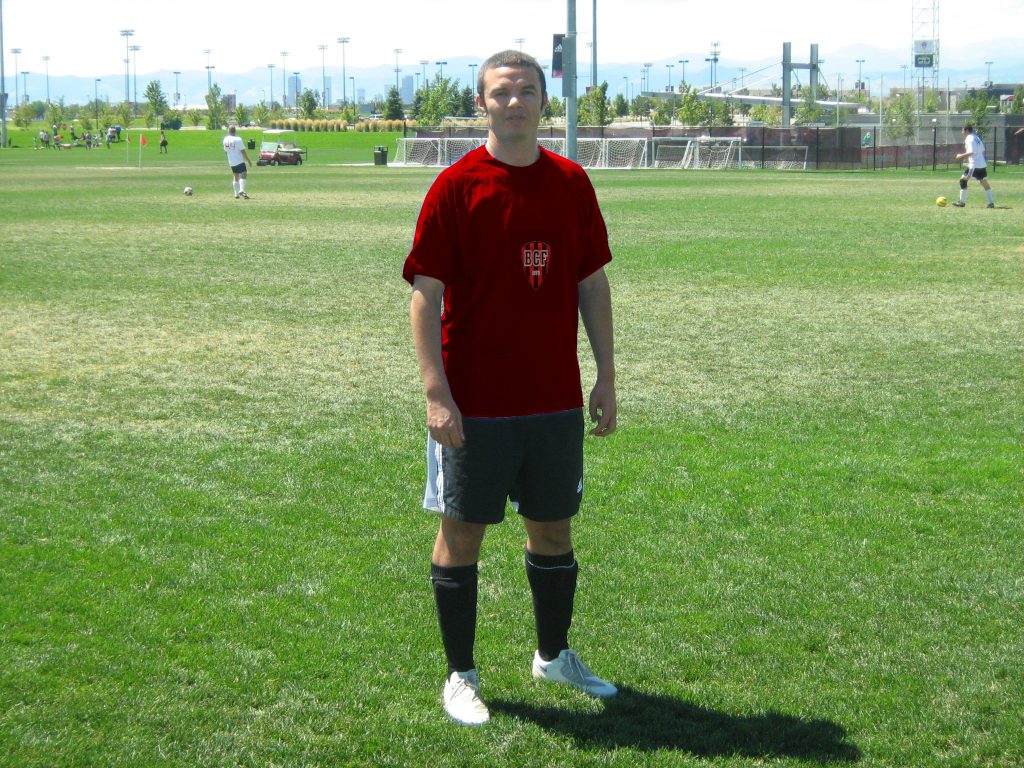
Simo Idrissi: Keeping Soccer Simple
In 2009, Simo Idrissi retired from playing soccer from any game required high intencity. In an interview with The Coloradoan newspaper, the former soccer player explained his insights on the game. The article was titled “Soccer Players Need to Keep it Simple.” Moreover, due to his limited time, he couldn’t elaborate deeply with the Coloradoan reporter, and his answer to them was too short.
So, this is the reason we asked him the same questions that occurred in his interview with Coloradoan newspaper press. While explaining what he meant, we determined to relate his sharing to his philosophy and distinguish practically between professionalism and amateurism.
The Strength of Simplicity
Simo’s statement clarification and the interview he made with the Coloradoan representative, saying soccer game’s strength is in the simplicity of play. Players should pass the ball collectively with pace. Soccer ball travels from place to place and from one player to another without exaggerating dribbling. Eluding the opponent does not happen in games frequently unless players find themselves surrounded or marked. Players can be innovative in ball possession to bypass opponents. However, the level of the opponent is the factor that makes the game unpredictable. So, to master dribbline players should have enough speed. If the speed is little slower than the opponent, and this could happen any time, players should play simply. I mean, speed determined the level of eluding and bypassing, if the opponent faster then team possession is safer.
Contents filtered scientifically
SCPPNews hired a researcher to make sure that the duscussion with Simo Idrissi filtered scientifically. So, Mr. Paul Holmes deep in to support what Simo Idrissi mentioned above. Many researchers found about soccer dribbling and individual or team possession. Players have their own beliefs about how they perceive things, and dribbling past an opponent can create two distinct personalities. If players lack speed, they may be more likely to drop out due to feelings of failure, while faster players may continue(1). However, as Simo describes, possession for slower players can clarify things. This means that variations in player skills are exposed, and each personality can have both strengths and weaknesses (2).
Overall, Simo’s statement is a well-informed one. He smartly understands the importance of passing and possession in soccer, and he acknowledges that dribbling is not always the best option. His statement is well supported by the research of Paul Holmes, and it is a valuable contribution to the discussion of soccer strategy.
Overcoming Difficulties
The obstacle of eluding is a firm hindrance of ball passing styles, which usually forces more mistakes. These mistakes are often due to the prior expectations of egoism or individualism. He added that a team overcomes any difficulties by keeping the play simple. Nobody should misunderstand the subject matter by keeping it simple.
Players’ skills and implementation of game tactics are toolkit substances of coaches. It also depends on the intelligence and game maturity that players develop throughout their playing journey. Other factors fall within the framework of physical and mental performance measurement. Players get tired physically due to mental fatigue, stressful situations, and game pressures. So, when ball possession players delay passing or make a wrong decision, they try to fix the problem. Thus, the team disturbance process wastes time and effort.
Dr. Paul in supporting Simo Idrissi speech
Addressing or communicating the problem requires psychological, mental, physical, and a high level of maturity. If the performance of these mechanisms goes down, the manager’s game tactics will not succeed. That is why passing quickly and keeping it simple contributes to maintaining the team’s focus, self-efficiency, self-efficacy, self-worth, self-confidence, thinking clearly, and even the level of decision-making and innovation stay stable.
According to Dr. Paul in supporting Simo speech, a systematic review was conducted to analyze the effect of physical fatigue on the performance of soccer players. The results were organized into four main dimensions: cognitive, technical, physical, and tactical. Studies on cognitive performance showed divergent results, while technical performance was negatively affected by physical fatigue. Physical performance showed a reduction in sprint capacity and distances covered at high velocity. The only study that analyzed tactical performance showed an increase in the team’s collective tactical behavior. In summary, the effect of physical fatigue on cognitive performance is inconclusive, technical and physical performance are negatively affected, and there is a lack of information on tactical performance in the current literature (3).
An Example
Simo Idrissi justified his intervention in keeping a soccer game simple by saying:
The Importance of Keeping it Simple:
An example, and listen carefully. If a team wants to use defensive compactness in the first third of the field or their half, regain ball possession, and organize a counterattack. Keeping the game simple happens when players pass the ball between them faster, easier, and logically.
The Challenge of Predictability:
Coaches and their staff can understand the other team’s trends. However, analyzing and grasping defensive plans and counterattack mechanisms is demanding. It takes time to do this in a live game. For instance, Moroccan played in the world cup Qatar 2022, and the head coach Walid Regragui integrated a defensive style and used counterattacks. Luckily, the Moroccan national team reached the semi-final using such a simple principle of play. Opponents can read a team’s method of passing on the field. However, grasping the trends is difficult. The speed of play and other elements can make them vague. I mean, where a ball will drop or how players create spaces to penetrate in a present of speed are hard to comprehend in a running game.
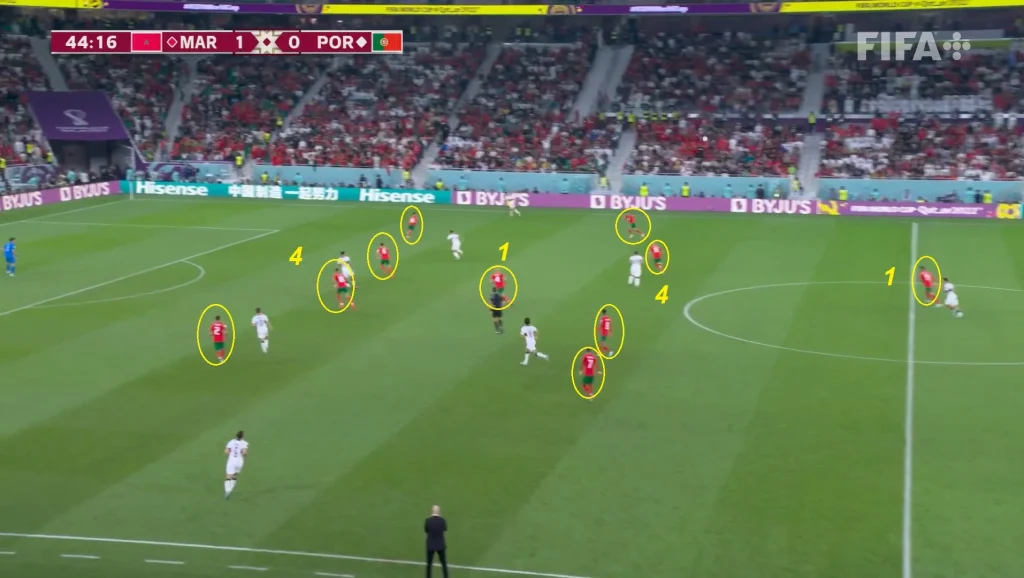
Agreement Among Analysts
I, the SCPPW press sports journalist, have asked several soccer analysts in America and Canada how Simo emphasizes keeping a game simple in perspective. Historically, some coaches managed to make their teams occupy the field. Their soccer teams worked hard to overcome their opponent. However, they lost the finals.
We all agree that Simo’s ideas are well-rounded in understanding high-performance professional games. The notes he shared are necessary and ready for use because they reflect his philosophy of managing matches today.
The point of view of the former soccer player is very accurate. Games depend on tactical situations and how players create events to break opponents’ systems. Playing with simplicity, speed, and creativity is an issue that Simo delved into in only one topic. He touched base on other topics, but we could not post them all in one article.
Simo has unlimited ideas about soccer game organizations, so we decided to open up more interviews with him for future purposes. What we noticed about Simo Idrissi in the short time of this interview is that he can adapt to different environments, languages, and playing styles. He has clear insights, strong nerves to cope with stressful questions, and a strong focus on what is happening around him.
Adapting to New Environments
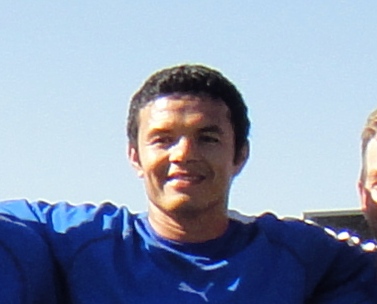
Spanning different countries and cultures, Simo Idrissi is a unique former soccer player who has gained extensive experience in various aspects of a game. He shared his insightful experiences and opinions with the press. His innovative ideas can help develop the game of soccer in America.
Adapting to new environments was one of the challenges that Simo faced with remarkable wisdom and admirable stoicism. He had to learn new languages, integrate into diverse cultures, master different playing styles, and pursue continuous learning. He was able to overcome any challenges or barriers that came his way.
Embracing New Societies
All people miss their families and friends, says Simo Idrissi, “and I had to adapt and integrate into a new country, especially respecting the traditions, customs, and people of these countries.” Fortunately for him, Americans were always available to help him overcome these aspects.
The welcoming American society helped him overcome homesickness. He made new friends in the neighborhood, universities, and soccer clubs with a humble attitude through his comfortable relationships. All his friends in the United States provided principal interest, so he remained focused on his passion for the game and achieved his educational goals.
Invaluable Experiences for Aspiring Players
Simo Idrissi’s experiences are invaluable for anyone interested in playing a soccer game. He can be a good investment for any professional club within the United States and Canada. We consider him an inspiration to many people.
Simo emphasizes the importance of willingness to learn new languages, cultures, skills, and play styles. Learning new languages and integrating into a new culture process is not easy, and readjusting to new tactical situations. Patience is needed to remember that soccer is a simple game that should be a fun way to connect people from different backgrounds.
An Impressive Playing Record of Simo Idrissi Former Soccer Player
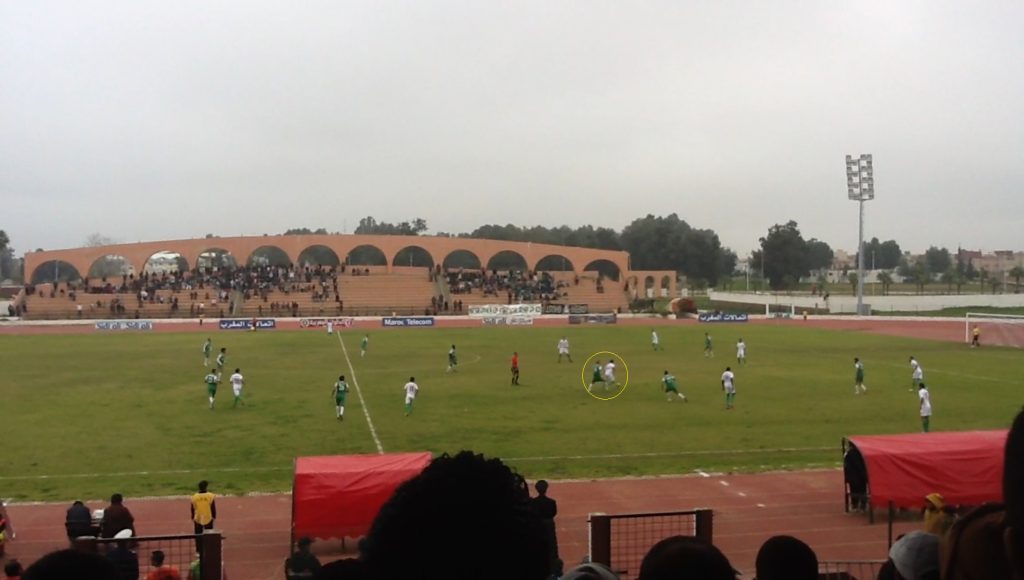
His teammates complimented him on his passing abilities, game intelligence, and creativity. According to them, he could change the game with his high focus, game reading, and precise measurable passes vision.
All his coaches agreed that he was a great player and a great person who always worked hard, helped others, and was respectful and humble. For example, Vitali Agatyan, former Hommenmen Soccer Club star and one of the best Lebanese top scorers, praised Simo Idrissi for his performance.
Agatyan said: Agatyan said: “Simo Idrissi was a joy to watch play. He had amazing skills and could do things that nobody else expected to happen.”
Simo Idrissi Former Soccer Player Happy Life After Soccer
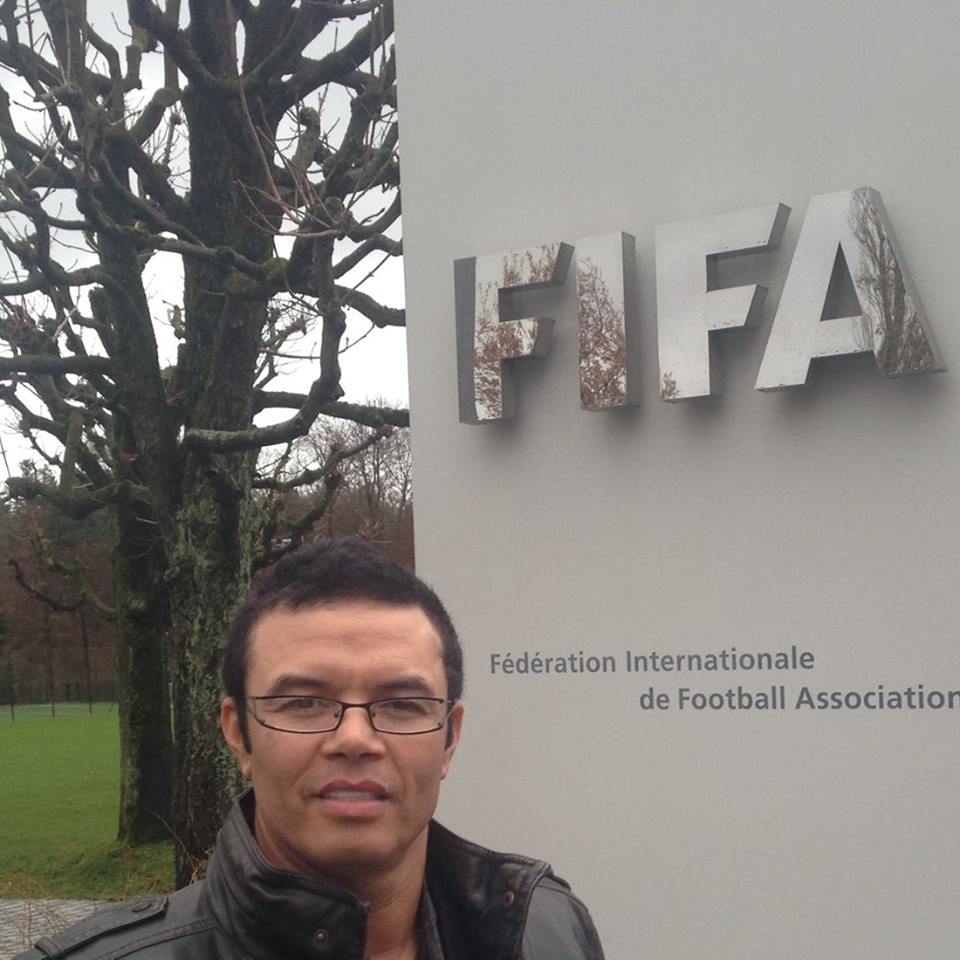

Simo Idrissi, a former soccer player, is an inspiration for someone who followed his passion and achieved his goals across diverse cultures and continents. Simo resides in Colorado and has obtained numerous soccer coaching licenses from the United States Soccer Federation, United Soccer Coaches, and English Football Association.
He regularly visits Morocco to see his family and friends and help Moroccan clubs that he grew up playing with in coaching leadership project creation and management. He said: “Soccer has given me so much in life. Now I want to give back to the game and the community.
He frequently visits Morocco to see his family and friends and assist Moroccan clubs he grew up playing with in coaching leadership project creation and management. He said, “Soccer has given me so much in life. Now I want to give back to the game and the community.
I want to share my knowledge and experience with the next generation of soccer players. Help players develop their skills, confidence, and character is serving a core value of human development. I want them to enjoy soccer games as much as I did.”
Simo shared his eagerness to assist any semi-professional or professional soccer club in the United States, as this is one of his aspirations. He expressed his desire to work with American soccer players and contribute to the soccer game in the United States.
Reflections on the Simo Idrissi Former Soccer Player Article

Colorado is the best place to relax says Simo Idrissi, and I am a journalist representative of Soccer Coaches and Players Portfolios and News. Hope this article has given you a glimpse of Simo Former Soccer Player’s career impact on the soccer game inspires us all grateful opportunity share his story. He inspires us all, and I am grateful for the opportunity to share his story.
References
- Link, D., & Hoernig, M. (2017). Individual ball possession in soccer. PloS one, 12(7), e0179953. https://doi.org/10.1371/journal.pone.0179953
- Jenny, Back., Urban, Johnson., Petra, Svedberg., Alan, McCall., Andreas, Ivarsson. (2022). Drop-out from team sport among adolescents: A systematic review and meta-analysis of prospective studies, Psychology of Sport and Exercise. https://doi.org/10.1016/j.psychsport.2022.102205
- Dambroz, F., Clemente, F. M., & Teoldo, I. (2022). The effect of physical fatigue on the performance of soccer players: A systematic review. PloS one, 17(7), e0270099. https://doi.org/10.1371/journal.pone.0270099